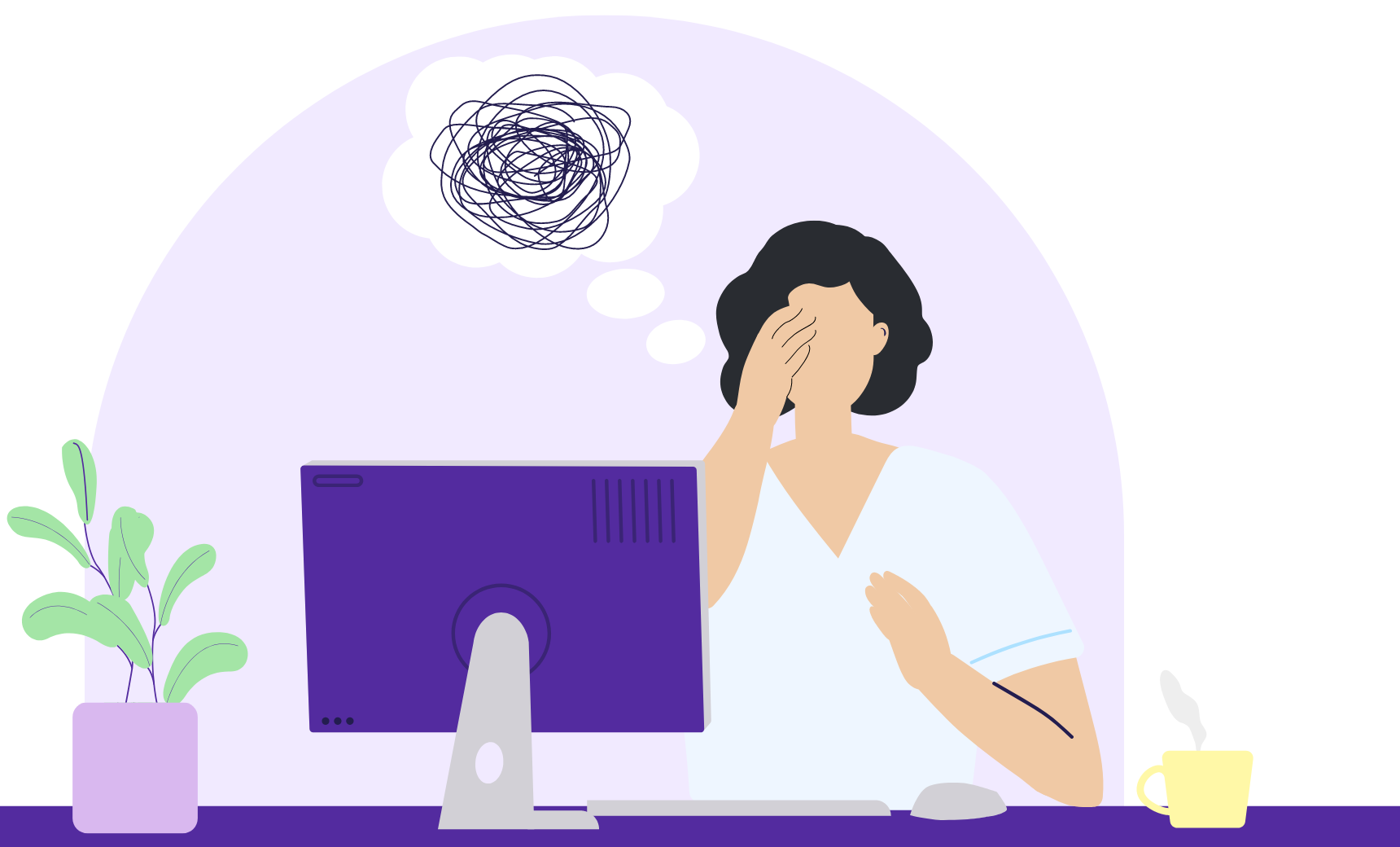
How to Prevent Healthcare Staff Burnout in 2023
Staffing shortages and burnout will continue into the new year—here’s how to combat them.
It’s not new—for the past few years, healthcare workers industry wide have reported feeling burned out.The mass exodus of healthcare professionals has created a vicious cycle of over-worked essential workers.
The World Health Organization predicts there will be an estimated shortage of 15 million healthcare workers globally by 2030, which will only worsen circumstances for those remaining in the field.
Think your staff might be burnt out? Here are some signs to look for…
-
Isolation and depersonalization
-
Emotional exhaustion
-
Cynicism
-
Irritability
-
Feelings of hopelessness
-
Hypersensitivity or insensitivity
-
Irritability
Prioritizing your staff’s mental and physical health is essential i as staffing shortages worsen and cases of COVID-19 and RSV are expected to increase this winter.
Below are 3 ways to combat healthcare staff burnout in 2023.
1. Automation is key
One of the quickest ways to reduce healthcare staff burden is to simply reduce the number of administrative tasks required of your staff. RSNA 2020 revealed that 23% of imaging staff believe their work is inefficient and should be automated.
Removing workflow friction helps you maximize your available staff while reducing their stress, leading to improved productivity and patient experience. If you were to give your staff back 23% of their day, that’s almost 2 hours which can be put towards providing more attentive patient care or simply being more efficient in their roles.
As staffing shortages worsen, protect those who are taking on the increased workloads left by unattended positions. A study from the US Bureau of Labor Statistics reported “that more than 275,000 additional nurses are needed from 2020 to 2030. Employment opportunities for nurses are projected to grow at a faster rate (9%) than all other occupations from 2016 through 2026.” Now, “health care employment remains below pre-pandemic levels, with the number of workers down by 1.1%, or 176,000, compared to February 2020.”
Automating appointment scheduling, reminders, and other basic administrative tasks reduces stress on nursing and administrative staff. LabFinder can help you off-load prior authorizations and reduce time spent chasing down patient information.
2. Encourage self-care
Healthcare workers are often so focused on caring for others, they forget to care for themselves. Your staff needs to remember that their health must come first, or they won’t be able to provide adequate care for their patients. Being overtired and stressed can lead to mistakes that turn into larger problems.
In fact, just one missed night of sleep can impair performance as if you were functioning at a blood-alcohol level of 0.10 percent — over the legal limit to drive! So it’s no wonder physicians who reveal signs of burnout are 2.2 times more likely to report a medical error.
Types of self-care to encourage at the office:
-
Maintaining a balanced diet. Make sure employees have adequate time to take breaks and eat a full lunch so they aren’t working on empty stomachs.
-
Practicing stress reduction techniques such as mediation, yoga, and breathing exercises. Encourage mental health breaks, such as a 5-minute meditative breathing session or a walk around the block, or give staff free access to mindfulness apps like Calm.
-
Keeping up with health and attending regular physical exams. Remind employees of the importance of putting their health first, even when work gets busy and life gets in the way. Give employees the time off they need to get preventative care and treatment.
-
Using vacation time and PTO. Help employees understand that they have paid time off for a reason. Taking a break from work is essential to maintaining a healthy work-life balance. Reassure employees that the office is happy to cover their work while they are out; their co-workers would rather cover them for a few days off than have them quit because they’ve reached their breaking point!3. Keep an open line of communication
3. Keep an open line of communication
The best way to know if a staff member is overwhelmed? Just ask!
You want to be able to intervene before it’s too late and your staff quits, and the only way to see the signs and know when to step in is to be open and communicative with your staff. If they feel safe coming to you, you are more likely to be able to help them.
There are many pathways to start this conversation. It may be as simple as asking someone how they are doing. Depending on the size of your organization, having one-on-one meetings and making the time to check in with each staff member may not be an option, but there are still ways to check in.
How to start conversations about burnout:
-
Share a survey. Send out a monthly survey asking staff members how they are feeling about their workload and overall workplace satisfaction. For larger organizations, have managers review the surveys for their staff and follow up if anything concerning pops up. Larger health systems may also be able to connect employees to staff who specialize in helping employees with their health and wellbeing, who can help these staff members take the next steps toward improving their situation.
-
One-on-one meetings. For smaller organizations, simply making time once a month to check in with your employees may be all you need to open up lines of communication. Once an employee knows that candid talk about their wellbeing is welcome, they are more likely to come to you when something comes up.
-
Create a supportive company culture. Fostering a company culture where employees are encouraged to prioritize their mental and physical health makes it easier for individuals to speak out when an issue arises. Some may be afraid to admit that they are struggling, believing it is a sign of weakness or inability to do the job, but quelling these fears and encouraging transparency will decrease the likelihood of someone sticking it out alone.
Support programs for healthcare workers
Simple operational changes may not be enough to provide some employees with the support they need. There are several organizations that can support employees dealing with more serious stress or mental health challenges: .
-
BetterHelp is just one of many services offering online, affordable therapy. This is a great option for busy employees who want to make more time to focus on their mental health and talk to a professional counselor.
-
Safe Call Now is a nationwide 24/7 crisis referral service for all public safety employees, all emergency services personnel, and their family members.
-
Crisis Text Line is a 24/7 text-based mental health support and crisis intervention.
-
National Suicide Prevention Lifeline is a 24/7, free, and confidential support for people in distress, offering suicide prevention and crisis resources.
Looking for a partner in tech to help you reduce staff burden while improving the patient experience? Learn more about our test center solutions or schedule a quick, free demo with our Chief Strategy Officer to see what LabFinder can do for your organization.





LabFinder Editorial Team
The LabFinder Editorial Team is behind The Illuminator and The Insider, LabFinder’s consumer and business blogs.
Dr.Robert Segal
Dr. Segal is CEO and co-founder of LabFinder, as well as a board-certified cardiologist. He began practicing medicine in 2002 and has founded several businesses, including Medical Offices of Manhattan and Manhattan Cardiology.